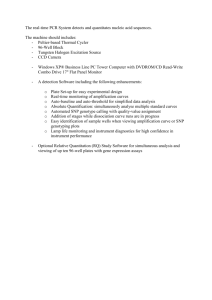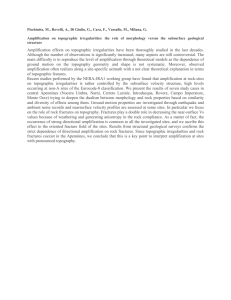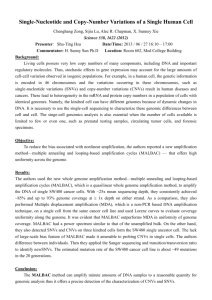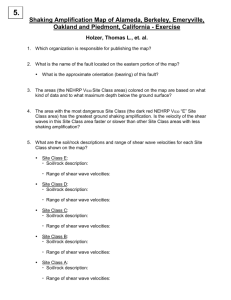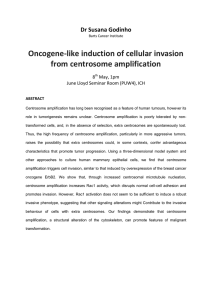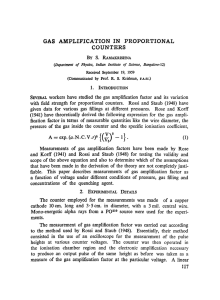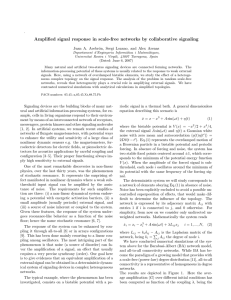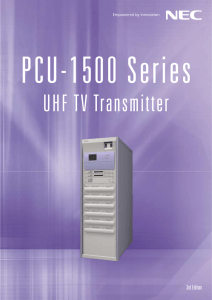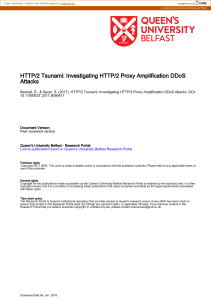X. ELECTRODYNAMICS OF MOVING MEDIA:
advertisement
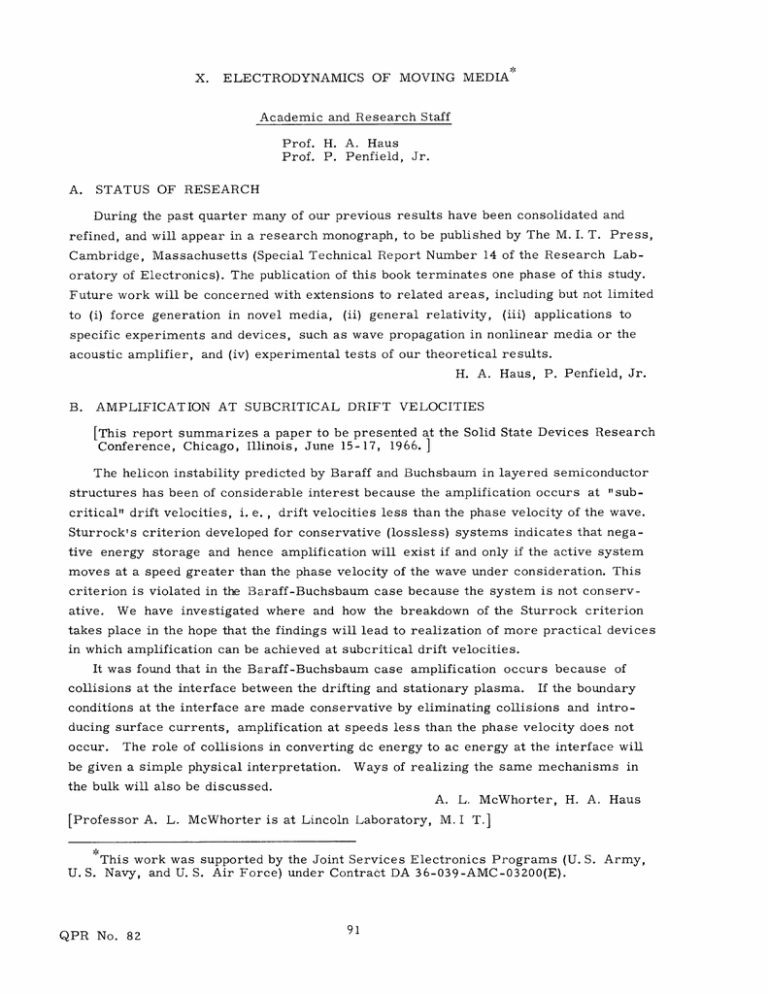
X. ELECTRODYNAMICS OF MOVING MEDIA: Academic and Research Staff Prof. H. A. Haus Prof. P. Penfield, Jr. A. STATUS OF RESEARCH During the past quarter many of our previous results have been consolidated and refined, and will appear in a research monograph, to be published by The M. I. T. Press, Cambridge, Massachusetts (Special Technical Report Number 14 of the Research Laboratory of Electronics). The publication of this book terminates one phase of this study. Future work will be concerned with extensions to related areas, including but not limited to (i) force generation in novel media, specific experiments and devices, acoustic amplifier, and (iv) (ii) general relativity, (iii) applications to such as wave propagation in nonlinear media or the experimental tests of our theoretical results. H. A. Haus, B. P. Penfield, Jr. AMPLIFICATION AT SUBCRITICAL DRIFT VELOCITIES [This report summarizes a paper to be presented at the Solid State Devices Research Conference, Chicago, Illinois, June 15-17, 1966.] The helicon instability predicted by Baraff and Buchsbaum in layered semiconductor structures has been of considerable interest because the amplification occurs at "subcritical" drift velocities, i. e. , drift velocities less than the phase velocity of the wave. Sturrock's criterion developed for conservative (lossless) systems indicates that negative energy storage and hence amplification will exist if and only if the active system moves at a speed greater than the phase velocity of the wave under consideration. This criterion is violated in the Baraff-Buchsbaum case because the system is not conservative. We have investigated where and how the breakdown of the Sturrock criterion takes place in the hope that the findings will lead to realization of more practical devices in which amplification can be achieved at subcritical drift velocities. It was found that in the Baraff-Buchsbaum case amplification occurs because of collisions at the interface between the drifting and stationary plasma. If the boundary conditions at the interface are made conservative by eliminating collisions and introducing surface currents, occur. amplification at speeds less than the phase velocity does not The role of collisions in converting dc energy to ac energy at the interface will be given a simple physical interpretation. Ways of realizing the same mechanisms in the bulk will also be discussed. A. L. [Professor A. L. McWhorter, H. A. Haus McWhorter is at Lincoln Laboratory, M. I T.] This work was supported by the Joint Services Electronics Programs (U. S. Army, U. S. Navy, and U. S. Air Force) under Contract DA 36-039-AMC-03200(E). QPR No. 82 91
